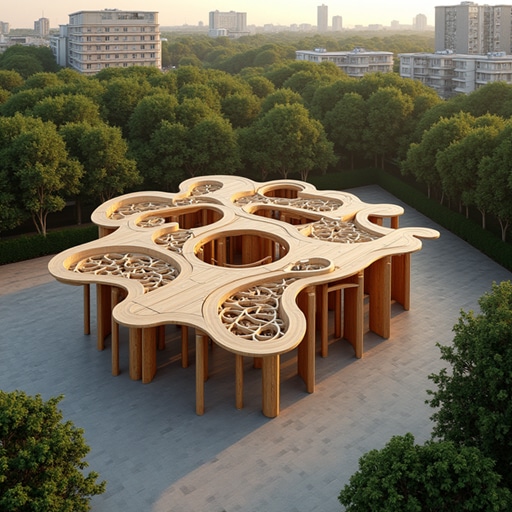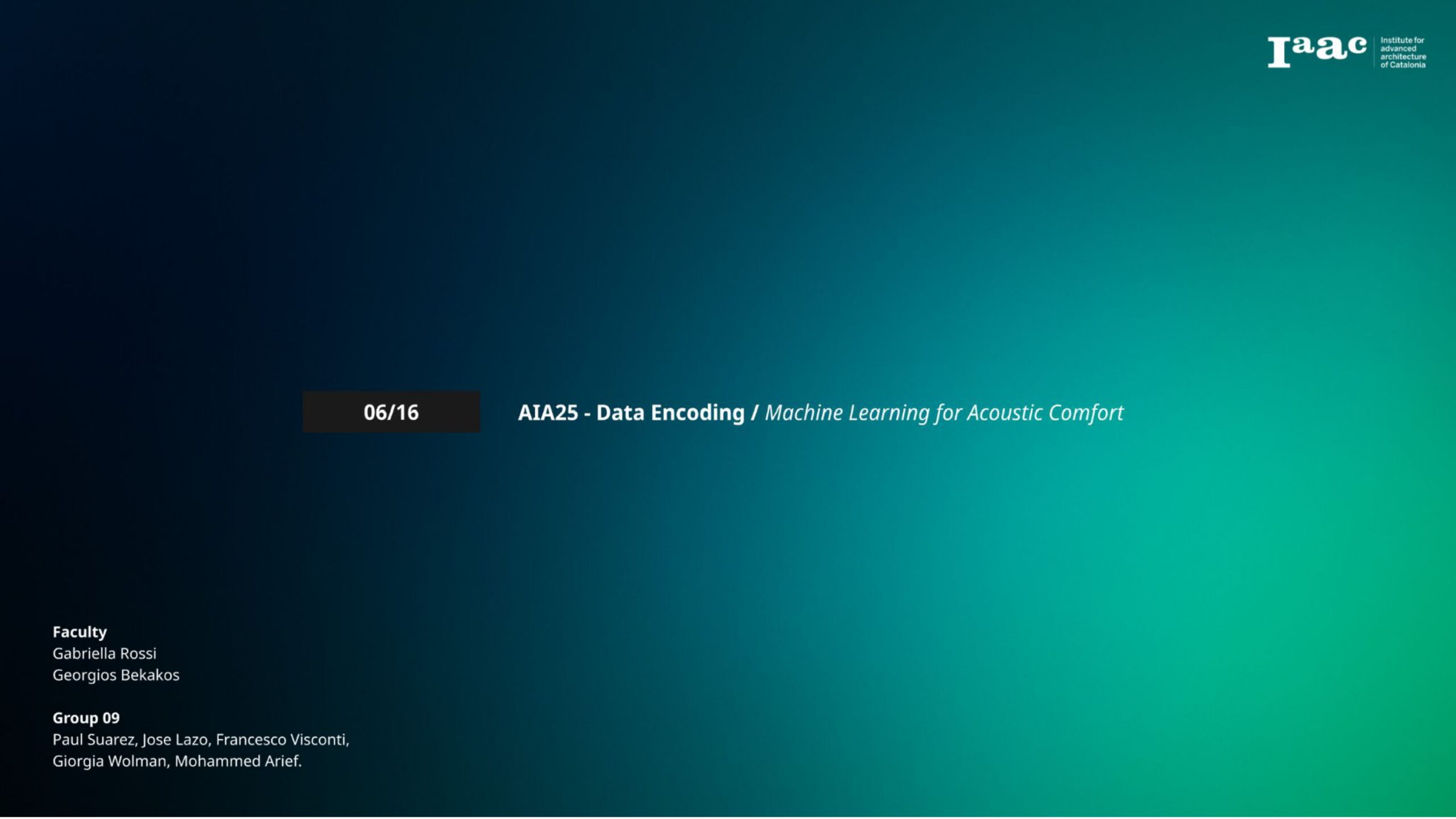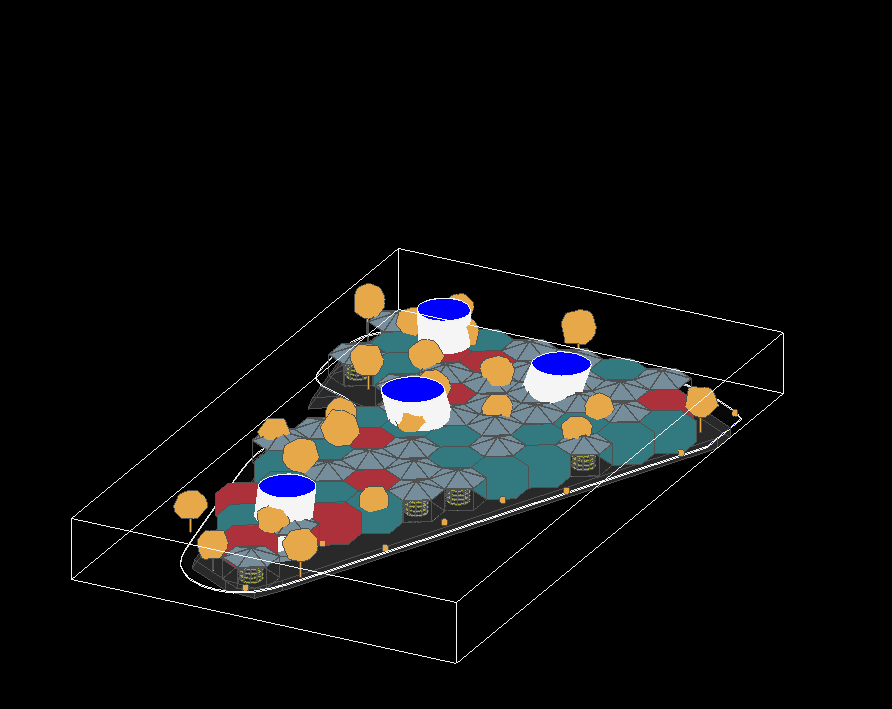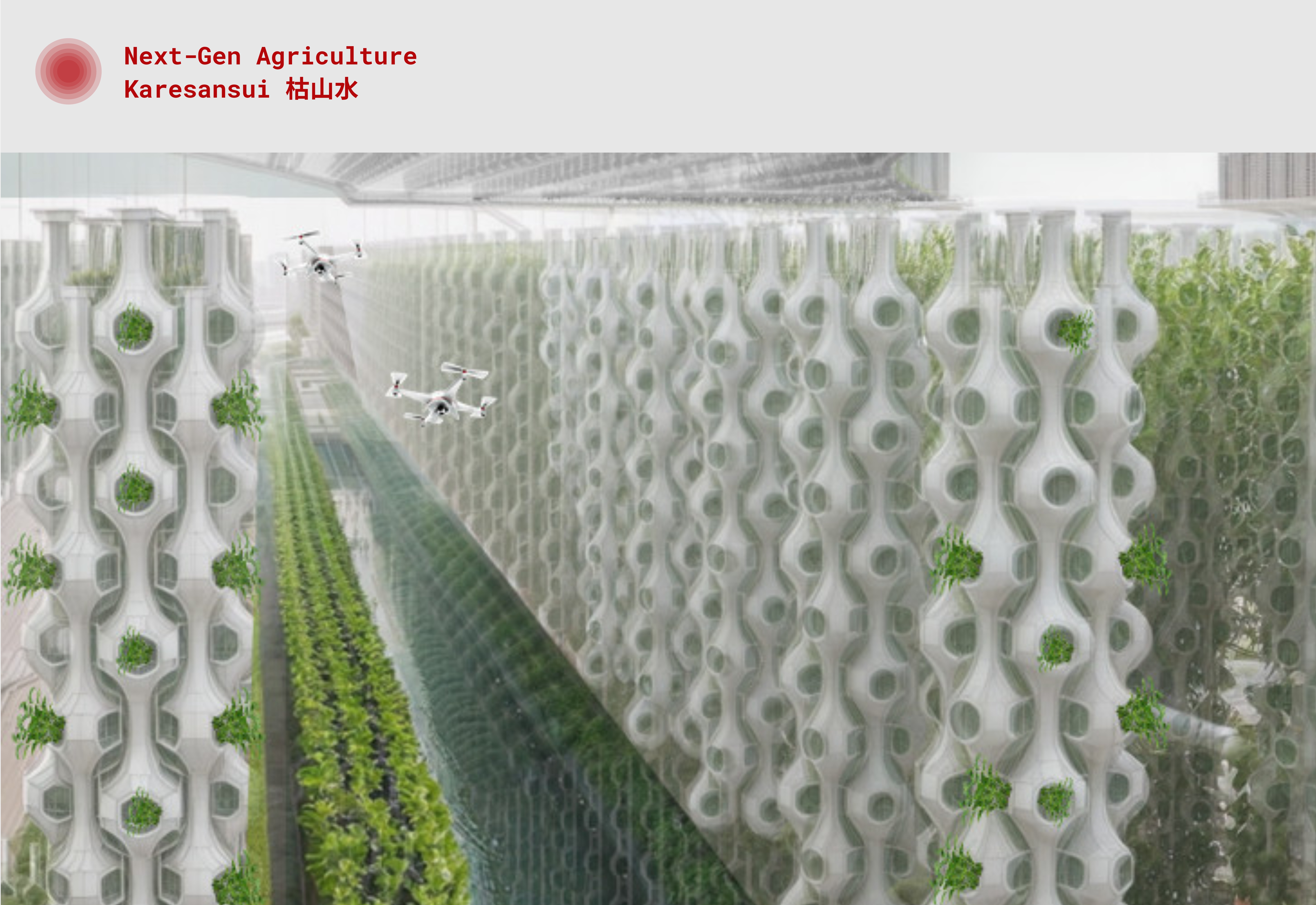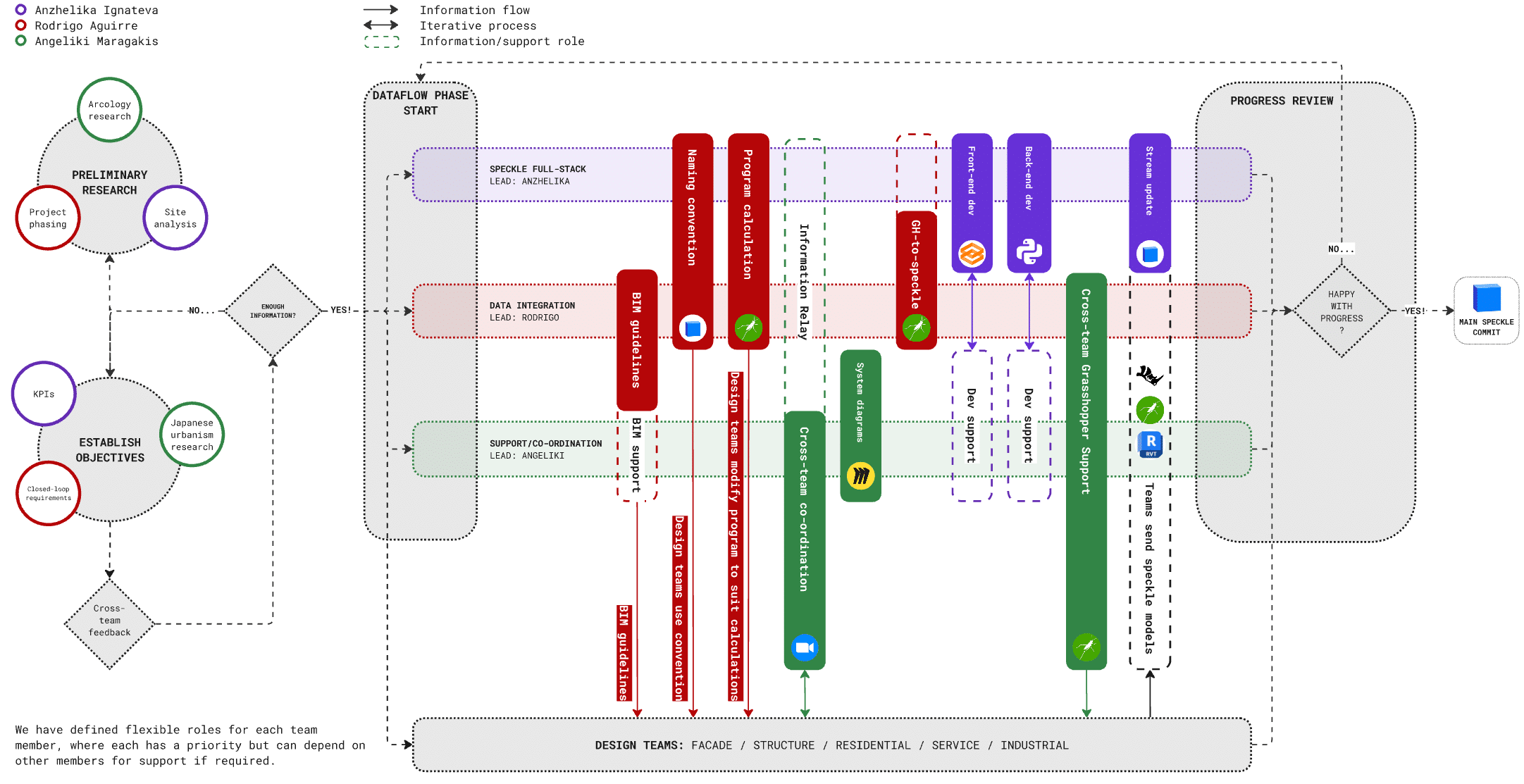Beyond The Frame
Visual Storytelling using SDXL _LoRA_Gradio Exploring Dali and Bosch-inspired storytelling with SDXL + Gradio Our project is a tool that helps architects turn stories into surreal image sequences. We explored styles inspired by Dali and Bosch to create dreamlike visuals. Although we trained a custom model, we used prompt-based image generation in the final version. … Read more


